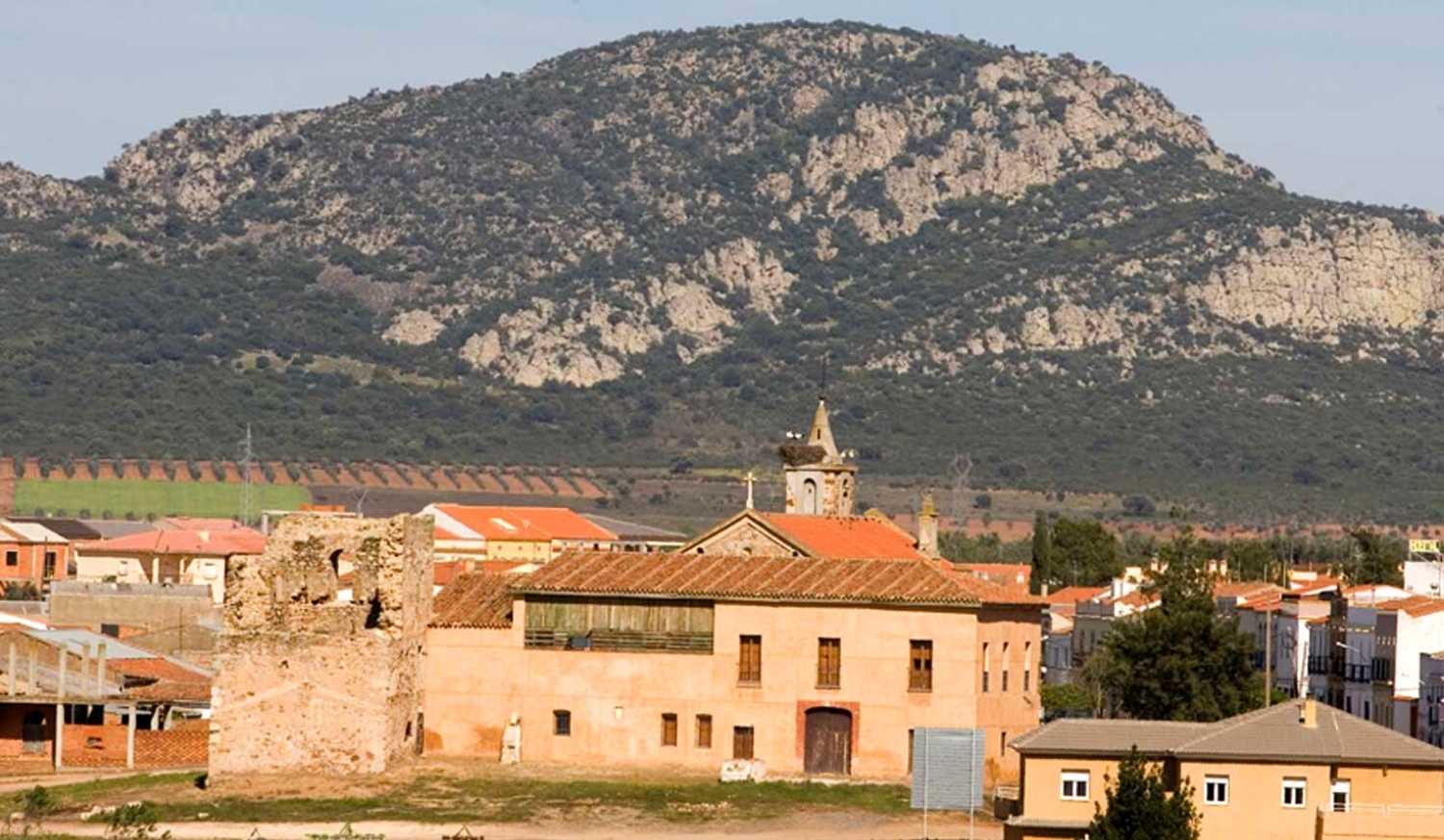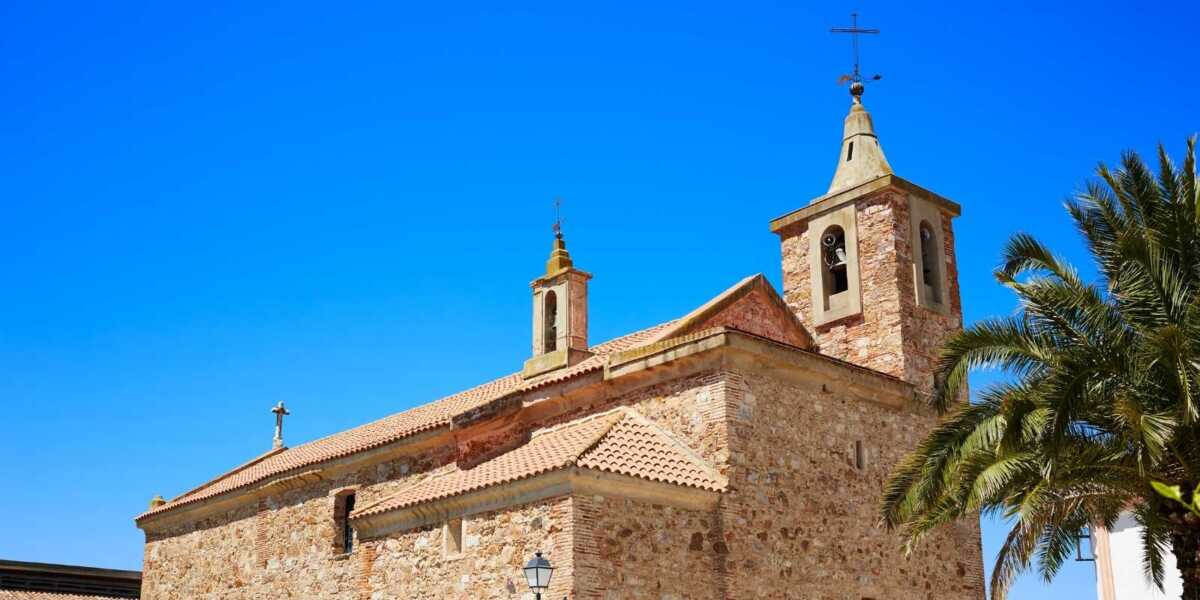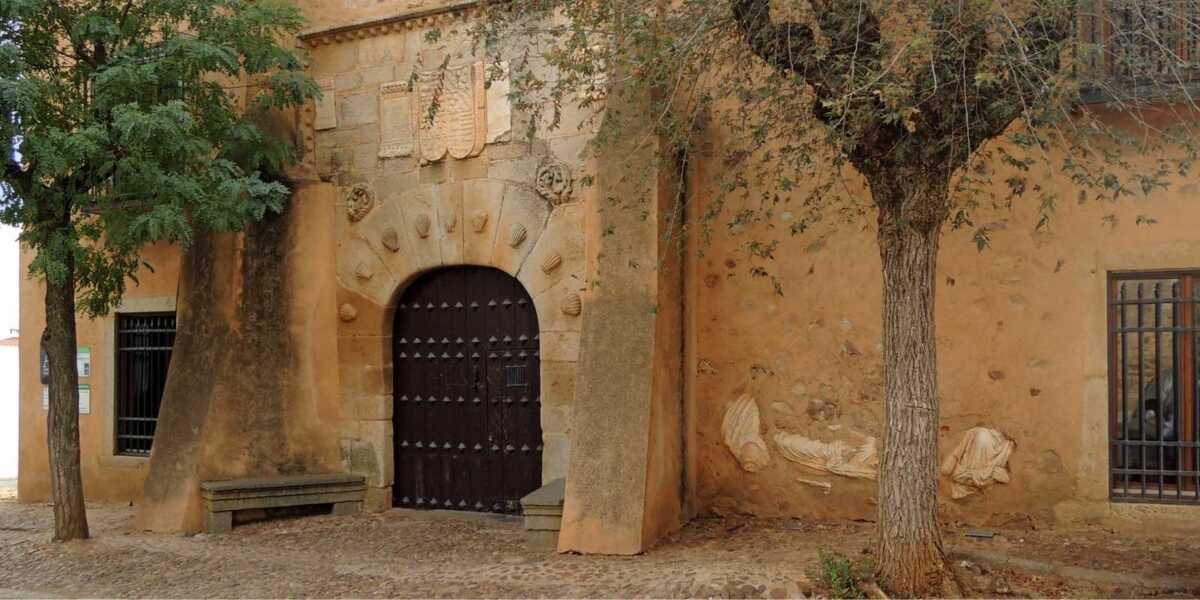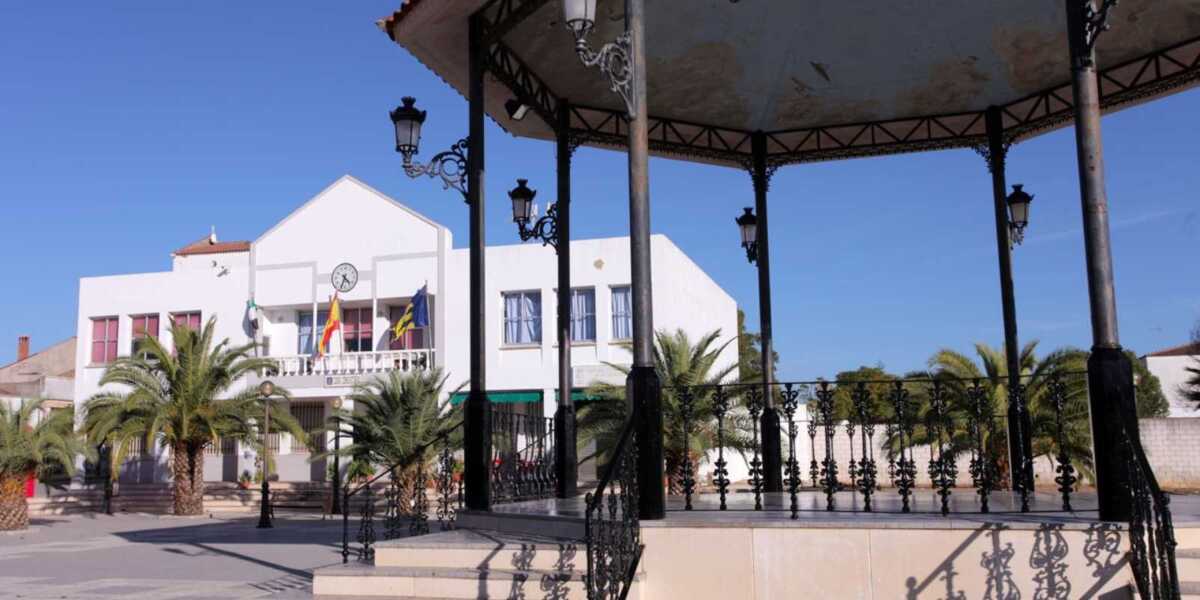
Information about Torremejía
Torremejía is a beautiful village in Badajoz whose history dates back to the time of the Roman Empire, and so breathes the architectural legacy of the place. It promises an unparalleled haven of peace and the delight of its waterfowl in the calm of its own habitat. It offers scenic beauty in every corner and an excellent cultural and architectural heritage that leaves no one indifferent. This small village stole the heart of the writer Camilo José Cela in his time, and in it he set his novel La Familia Pascual Duarte. A perfect place to rest and let yourself be pampered by the traditional gastronomy of Extremadura.
A little history
The origins of the town of Torremejía are not entirely clear. About the settlers that inhabited the area during the prehistoric times, they have been studied included in the general data of all this region that is located in the middle course of the Guadiana river and together with the nearest municipalities. The oldest remains found in the area date back to the Lower Palaeolithic and are made up of numerous boulders, which is why we understand Torremejía as a village with a very long tradition. In its more recent history we can go back to the nineteenth century, during the Napoleonic invasion of 1808 to 1814, the French soldiers set fire to the village and destroyed much of its hamlet, this moment was crucial because the people had to berebuilt again and also part of its imposing castle. Today there are remains of all that history that can be discovered in its streets.
What to see and do in Torremejía
The Church of the Immaculate Conception
This religious construction has its origin between the end of the 16th century and the beginning of the 17th century, it is a sample of the historical essence that runs through the town of Torremejía. It consists of a single nave with a Latin cross plan. It was elaborated with masonry and brick, elements with which it was able to survive the War of Independence. This church benefited from an intensive restoration in 1990 and is in an excellent state of preservation.
The Mexía Palace
The Mexía Palace is also known as the Lastra Palace and is a manor house in Renaissance style. The building was erected by order of the Mexía or Lastra family who were natives of Mérida. The great house has undergone several renovations since its origin, but it still preserves intact the same entrance doorway it had in 1525. It is another of the most interesting heritages of Torremejía and an indispensable visit.
A walk through its streets
Torremejía is a town of great charm so it is worth taking a walk through its streets and discover the ancient architecture that dominates every corner. Beyond the most important monuments, in every corner you can perceive the life of a modest village of Extremadura with great tradition. Soaking up its daily life, its tranquility and its people is an excellent way to get to know the place a little better, to spend a peaceful day.
Gastronomy
The traveller should not forget to taste the gastronomy of this area between walks and visits to the main attractions. In Torremejía you can enjoy the traditional products of Extremadura with its sausages, hams, meats and sheep cheeses. When it comes to tasting the most typical recipes, the ideal choice is the pork stews, the fried Extremaduran, the delicious gazpachos (cold soups) or the famous potaje de vigilia (stew). This will be found of great quality in any bar or restaurant, it will not be necessary to make great efforts.













